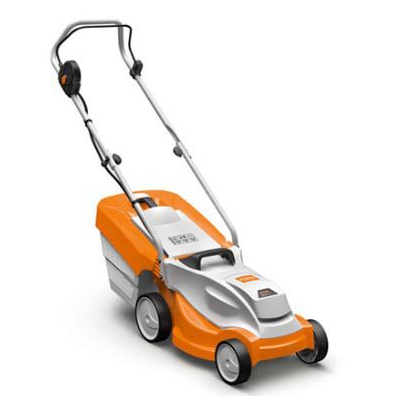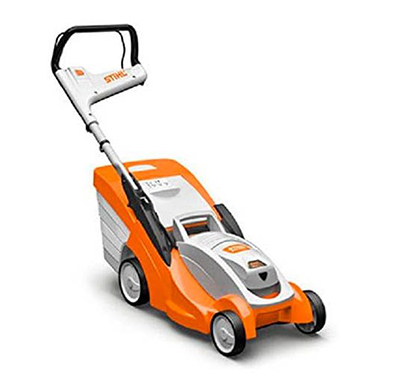Quiet lawn mowers


Quiet lawn mowers
By Veronica Peerless for Gardens Illustrated
We round up the best quiet lawn mowers to buy so that you can have a neat lawn without disturbing the neighbours.
We've all experienced it: you settle down to a peaceful few hours of pottering or relaxing in the garden – and then a neighbour starts up a power tool.
Or maybe you're even guilty of this yourself – you get an essential job done with a noisy piece of kit, even if it coincides with your neighbours' precious relaxation time.
Poppy Szkiler, CEO & Co-Founder at Quiet Mark, which tests products to enable consumers to easily identify quieter products, says that 70% of British people say they are more likely to buy an appliance labelled as 'quiet'.
So if you're looking to buy or replace a mower, why not go for a quieter option?
Which lawn mowers are quietest?
Of course the quietest mower of all is a manual or push mower, which offers more of a quiet, rhythmic whirr, reminiscent of Sunday mornings in the suburbs in years gone by. Petrol mowers are known to be very noisy. Richard Wilkinson, Technical Manager at Quiet Mark says:
"Cordless mowers or battery mowers are the quietest but not always by much, as some are not too different to electric/corded versions."
What to look for when choosing a quiet mower
Richard Wilkinson says that it's sometimes impossible to know loud a product is until you've charged it up at home. With all outdoor power tools, the guaranteed decibel level is required to be displayed. This may be a sticker on the appliance itself, on the packaging, or in the instructions (usually in the specifications page near the back).
The vast majority of garden power tools are over 80dB, which is significant because surpassing this level is generally considered a 'danger zone' – the risk to potential hearing damage from sound can occur from this point onward.
One solution is to look for Quiet Mark certified products. "They have undergone expert third party acoustic assessments, so you can be confident they are the quietest in their category currently available on the market," says Richard Wilkinson. Failing that, Richard advises looking for products with a decibel level in the low 90s.
The best quiet lawn mowers to buy in 2023
Stihl RMA 235 cordless lawn mower

Stihl is currently the only garden power tool brand that is Quiet Mark certified. This mower is a brilliant buy if you're looking for a cordless, quiet electric mower with a lightweight yet sturdy feel. And, operating at a quiet 89db, it's perfect to use in the summer evenings, without disturbing the neighbours.
With a cutting width of 33cm, it's perfect for smaller lawns. The flow-optimised blade trims the grass with minimal resistance, using up minimal battery capacity. The innovative grass catcher box is particularly easy to open and empty and has a level indicator signals when it needs emptying. It has a foldable handlebar, which means it takes up less room in storage, and carrying handle.
The central cutting height adjustment is spring-loaded, so very easy to operate, and offers several cutting heights.
It comes with its own bespoke Stihl AK20 lithium-ion battery and charger included. The AK20 delivers a cutting range of 300m2 (that's an 80ft by 40ft lawn) while the larger, optional AK30 battery runs to 400m2.
Stihl RMA 339 C PRO Cordless Lawnmower

The RMA 339 C is another quiet lawn mower that has been awarded the Quiet Mark. It is a lightweight, easy to handle, cordless mower. With a cutting width of 37cm, it is ideal for medium-sized lawns.
The innovative mono-comfort handlebar can be adjusted for comfortable and ergonomic mowing and can be folded down for compact storage.
Like the Stihl RMA 35 mower it has a central cut-height adjustment, automatic eco mode, and flow-optimised blades to ensure longer battery life. It has a larger, easy-to-open 40 litre grass collection box with a fill level display.
 Read the full article on the Gardens Illustrated website here.
Read the full article on the Gardens Illustrated website here.











 Quiet Mark Founder
Quiet Mark Founder